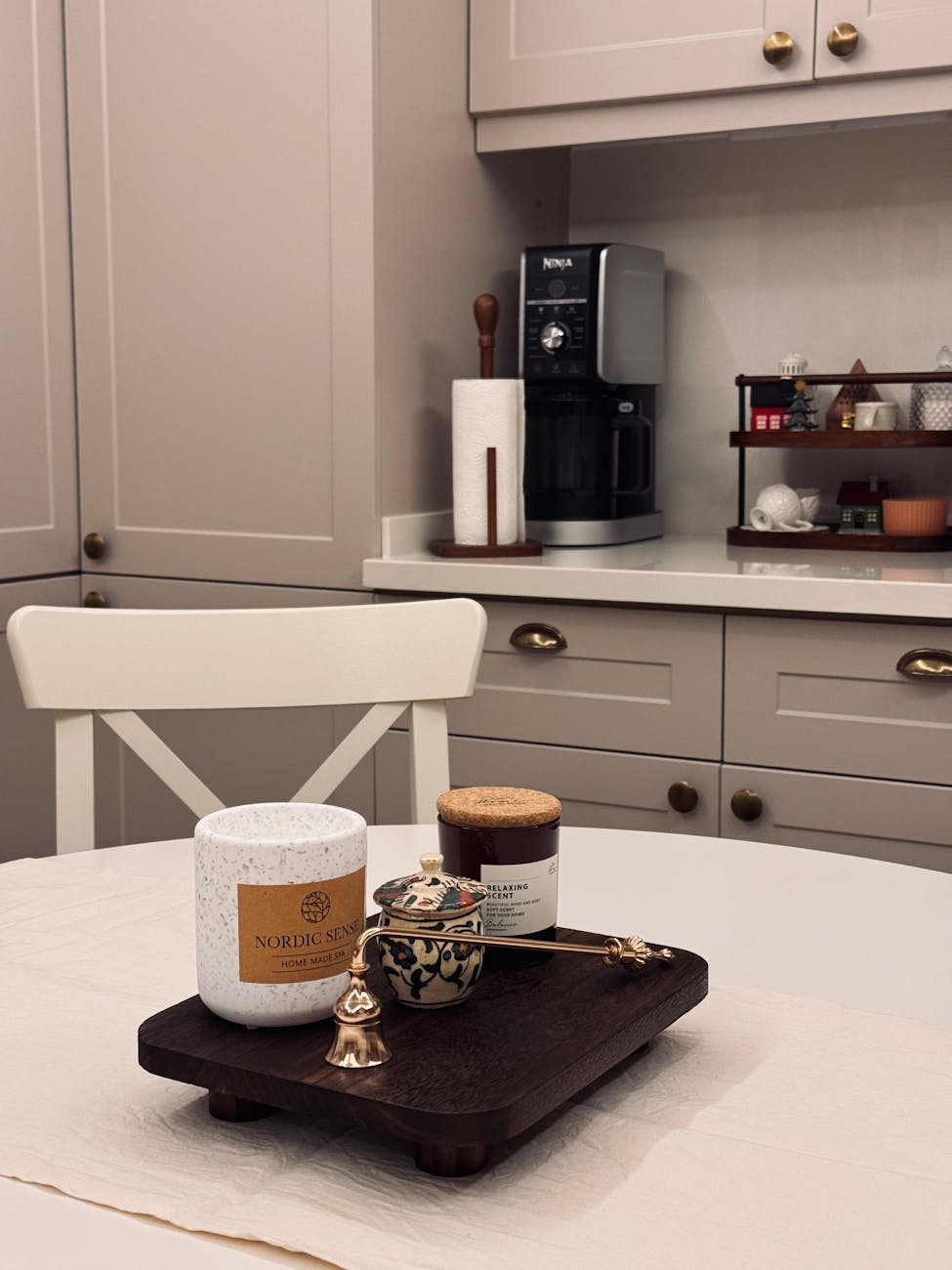Expert home organization tips to declutter and simplify your life
Living in a clutter-free home reduces stress, saves time, and creates space for what matters. This article outlines expert home organization tips to help you declutter and simplify daily life. You will learn how to set realistic goals, use proven sorting methods, choose storage that matches your behavior, and build maintenance routines that prevent clutter from returning. Each section builds on the previous one so you can move from planning to action and then to lasting habits. Whether you are tackling a single room or transforming your whole home, these practical strategies and examples will guide measurable progress quickly. Start with one area.
Create a clear plan and mindset
Before you touch a single drawer, set a realistic framework. Decluttering without a plan often leads to starting strong and running out of steam. Use a simple roadmap:
- Define your goals: Do you want more usable surface space, faster morning routines, or less stress? Specific goals guide decisions.
- Set a timeline: Break the home into zones – entryway, kitchen, bedroom, living area, storage spaces – and assign manageable sessions (30–90 minutes each).
- Decide rules: Create quick criteria for keeping or letting go, such as “use in the last 12 months,” “duplicates,” or “brings me joy.”
- Prepare supplies: Boxes or bins labeled Keep, Donate, Recycle, Trash, Relocate reduce decision friction.
Mindset matters as much as method. Expect discomfort when parting with items and treat small wins as progress. Enlist a friend for accountability or use a timer to prevent perfectionism from stalling you. Planning reduces cognitive load during decluttering and makes the process repeatable across rooms.
Use proven decluttering methods
Effective methods give structure to what can otherwise feel chaotic. Try one or combine these approaches depending on the zone and item type.
- Four-box method: Sort everything into Keep, Donate, Recycle, Trash. Works well for drawers, closets, and surface clutter.
- KonMari for sentimentals: Hold each item and ask whether it sparks joy. Best for sentimental items and wardrobe overhauls.
- One in, one out: For consumables and clothing, commit to removing one item when a new similar item enters your home.
- Touch once principle: When you pick up an item, decide immediately where it goes instead of relocating it to a temporary pile.
Apply different methods by category: use KonMari for sentimental items, four-box for general household clutter, and one in, one out for toys and pantry goods. Below is a quick reference table to plan sessions.
| Area | Estimated time | Difficulty | Priority tip |
|---|---|---|---|
| Kitchen counters and drawers | 1-3 hours | Medium | Clear surfaces first to reveal problem zones |
| Closet and wardrobe | 2-4 hours | High | Try everything on and apply the 12-month rule |
| Entryway and mudroom | 30-60 minutes | Low | Create dedicated landing spots for keys and bags |
| Garage or storage room | 3-6+ hours | High | Work in zones and use clear labeling |
Choose smart storage and layout
Once you decide what to keep, invest energy into storage systems that support daily routines. Storage should be visible, accessible, and labeled. Consider these principles:
- Store by frequency of use: Daily items at waist-to-eye level, occasional items higher or lower.
- Use uniform containers: Same-size baskets or boxes simplify stacking and create a tidy visual line.
- Label clearly: Use labels on shelves and bins so other household members can return items correctly.
- Adopt modular solutions: Adjustable shelving, drawer dividers, and hooks allow you to adapt as needs change.
Small investments often yield outsized returns. Drawer organizers reduce time searching for utensils. A wall-mounted command center near the entry keeps mail, keys, and schedules in one place and reduces countertop clutter. Think in terms of “flows” – how people move through a space – and stage items along those flows to minimize friction.
Build maintenance routines that last
Decluttering is only effective if you prevent rebound clutter. Create simple, repeatable habits to maintain order.
- Daily reset: Spend 10 minutes each evening returning items to their homes and clearing surfaces.
- Weekly touch points: Schedule one weekly session to address hotspots like the mail, laundry, and pickup zones.
- Monthly purge: Once a month, run a 15-30 minute sweep for items that have accumulated in the donate bin or on counters.
- Quarterly review: Reassess storage needs and rotate seasonal items to keep spaces optimized.
Use reminders and checkpoints rather than relying on motivation alone. Encourage household members with clear responsibilities and make organizing part of routines – for example, empty backpacks at the same spot, hang jackets on the same hook, or always sort mail before it lands on the table. Habits compound: small, consistent actions prevent large, exhausting decluttering sessions later.
Conclusion
Decluttering and simplifying your home is a strategic process that starts with a clear plan and the right mindset. Use structured methods to sort belongings, then select storage and layouts that support how you live. Maintain progress with short daily resets, weekly touch points, and quarterly reviews to prevent clutter from returning. Small decisions—like where to place keys, how to label bins, and which items to keep—have big impacts on daily ease and stress levels. By working room by room, applying consistent rules, and adapting systems to your household, you create a home that saves time and supports simple living. Commit to the routines and the payoff will be lasting clarity and a more intentional life.
Image by: Saliha Büyükkaya Gülhan
https://www.pexels.com/@sa72




